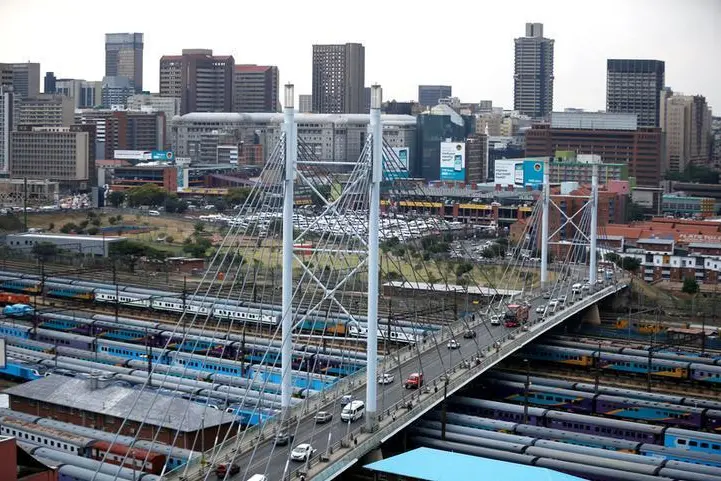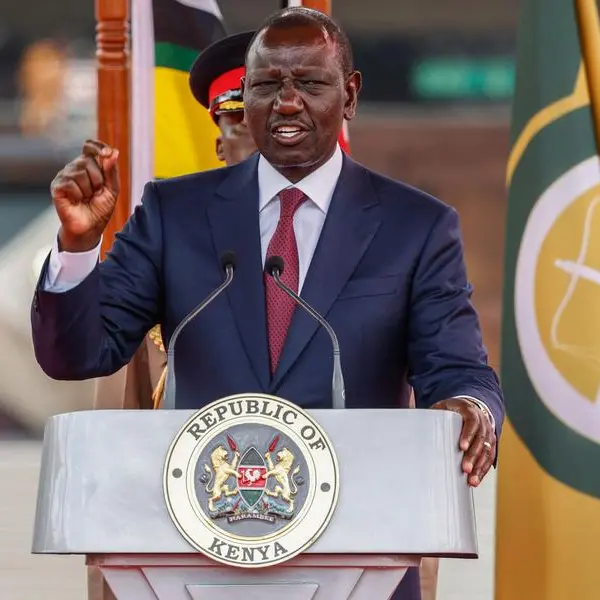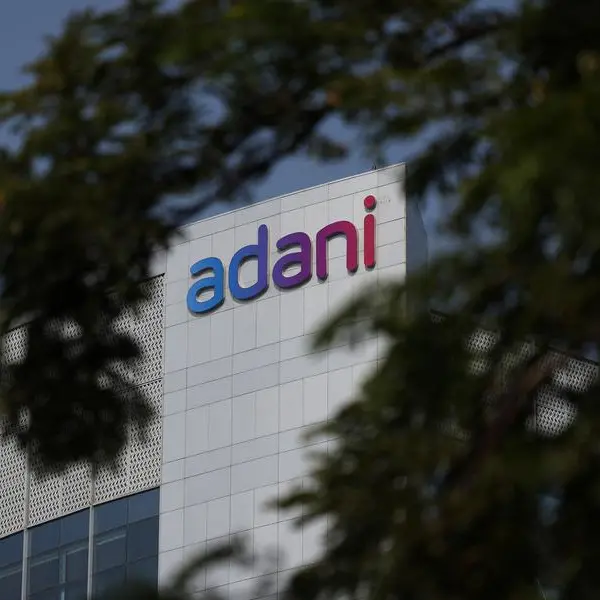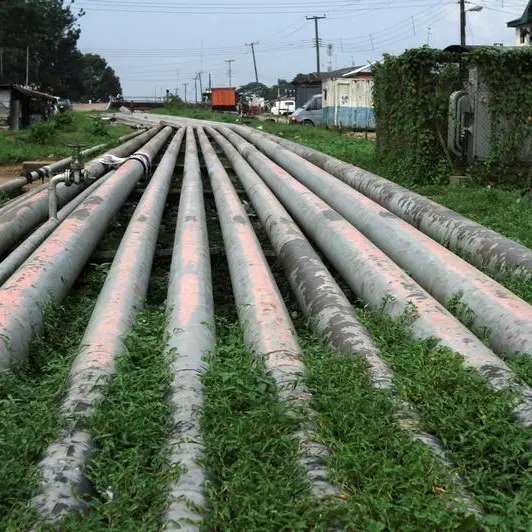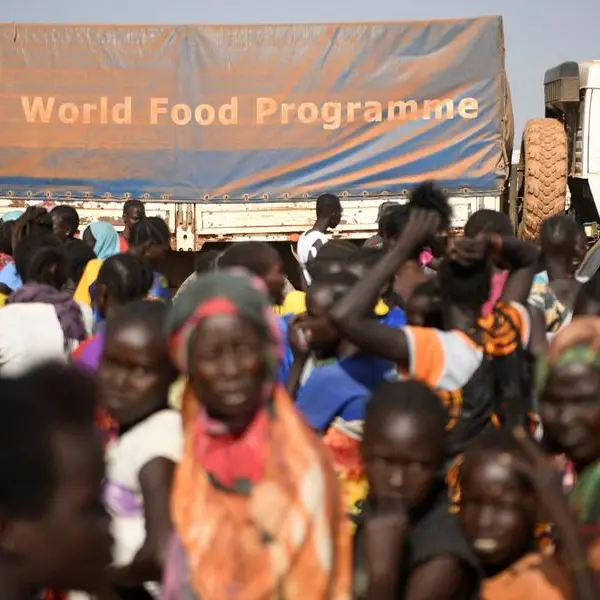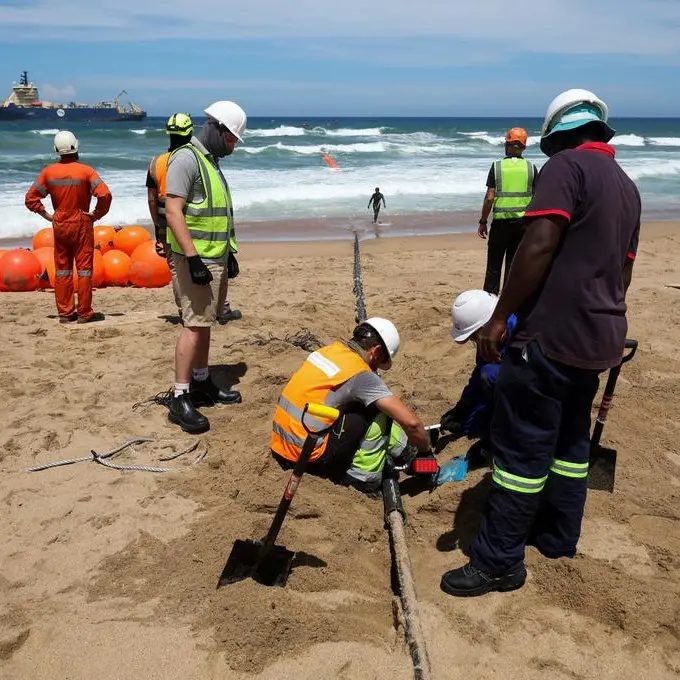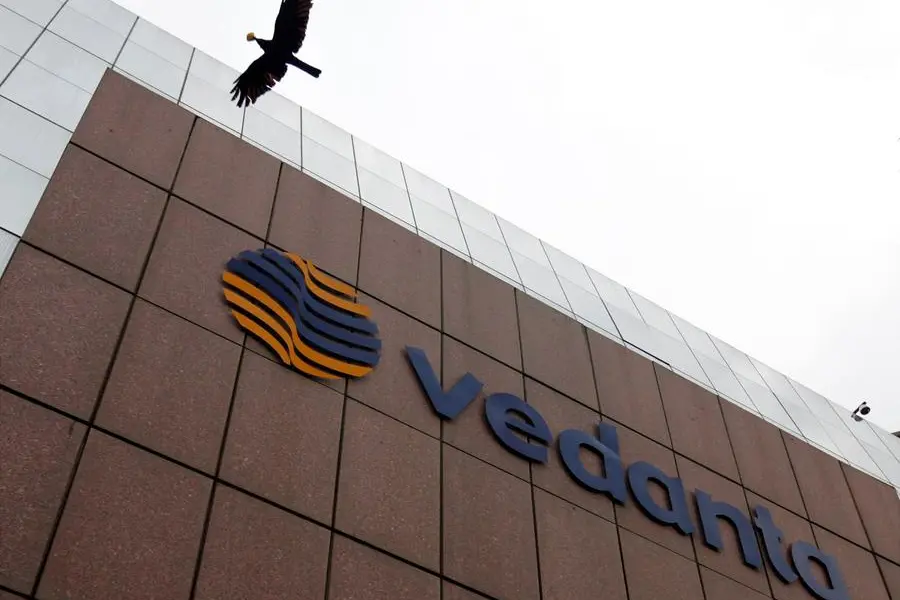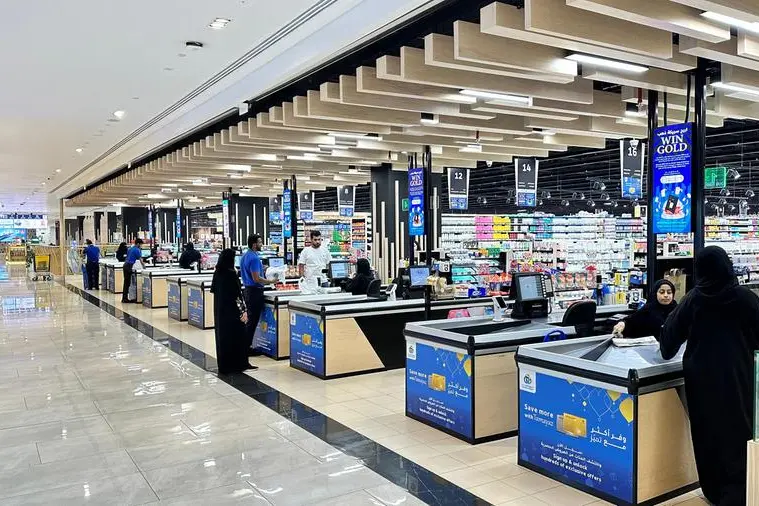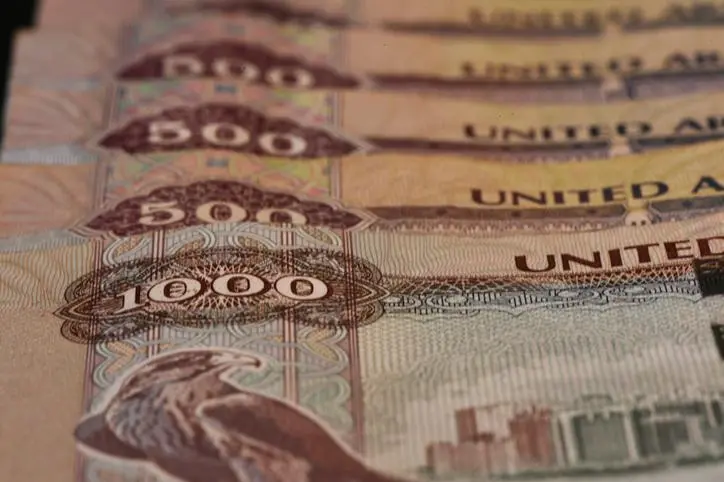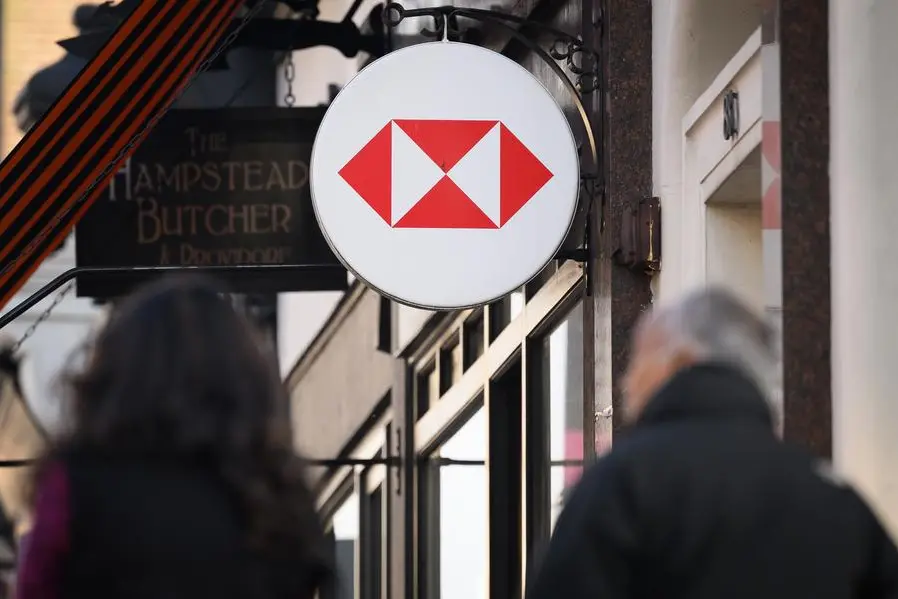PHOTO
The formidable economic challenges facing our country, coupled with widespread unemployment, have led to a 0.2% decrease in the Gross Domestic Product (GDP) for the third quarter of 2023. This is a situation of dire concern.
“Following two successive quarters of growth, this decrease indicates just the tip of the iceberg to the massive destruction inflicted by the energy crisis, unemployment, industry production, climate change, and water and infrastructure destruction, among other challenges.
“What has become of Africa's leading industrialised nation?” says Abigail Moyo, spokesperson of trade union, United Association of South Africa (UASA).
“A trend where eight out of 10 manufacturing divisions report negative growth rates in a quarter is unacceptable. As reported by Stats SA, leading industries, including agriculture, forestry and fishing, manufacturing and construction, all reported a decline in the third quarter.”
Stats SA has shown the agriculture industry has declined by 9,6%. Weaker demand saw manufacturing production decline by 1,3%; the construction industry weakened further, recording a second consecutive quarter of decline, while mining production reported a decline by 1,1%, with downward pressure from platinum group metals, gold, ‘other’ metallic minerals and manganese ore.
The agriculture industry’s downward spiral, in particular, has encountered several headwinds in the third quarter, including the outbreak of avian flu and the floods in Western Cape.
Should South Africa face two such consecutive quarters of economic contraction, it faces entering a recession.
All indicators are pointing to the final quarter of 2024 ending on an economic contraction. Already Eskom has issued a cautionary statement warning of rolling blackouts throughout December and January.
Surviving the storm
South Africans will need to continue to buckle down and make ends meet. This, at the tail end of a year that has been marked by high unemployment rates, high inflation and escalating interest rates.
Many are living hand to mouth.
According to the World Bank, approximately 55.5% - 30.3 million people - of the population in South Africa is living in poverty at the national upper poverty line while a total of 13.8 million people (25%) are experiencing food poverty.
“We can never normalise poverty or accept the reality of unemployment,” says Moyo.
“Idling around with massive economic challenges while we wait on the government for solutions will only worsen matters. It is evident that the government has failed its people.”
All rights reserved. © 2022. Bizcommunity.com Provided by SyndiGate Media Inc. (Syndigate.info).
